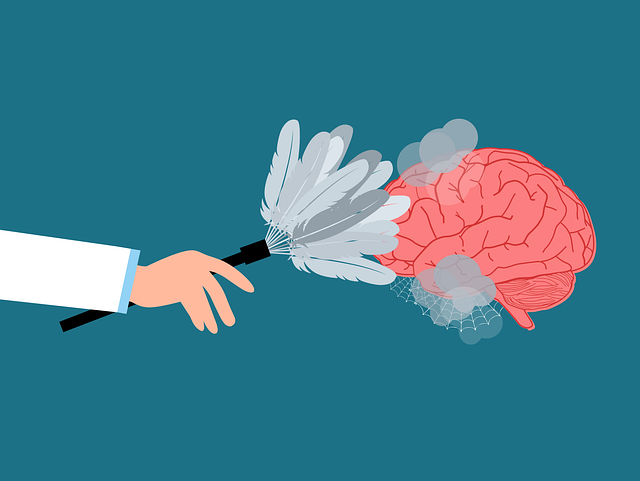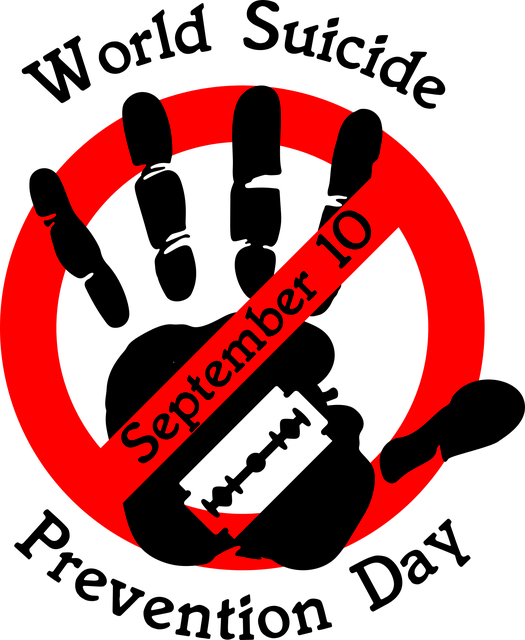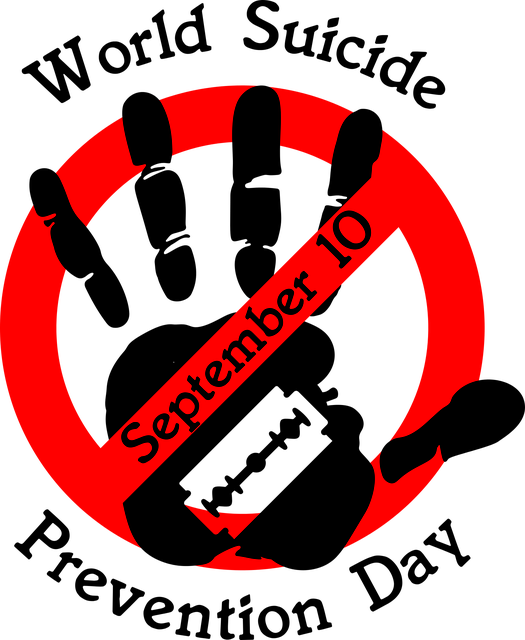Boulder Phobias Therapy prioritizes client safety through comprehensive risk assessment and Harm Minimization Planning (HMP). Therapists meticulously evaluate individual histories, fears, and phobia types, developing tailored strategies to mitigate risks. Evidence-based methods like exposure therapy, mental wellness journaling, community outreach, and Stress Management Workshops create a supportive environment that builds confidence and facilitates healing. This systematic approach ensures successful outcomes by empowering clients with coping mechanisms and enhancing overall well-being.
Risk assessment and harm minimization planning are essential components of any therapeutic practice, particularly in specialized areas like Boulder Phobias Therapy. This article explores these critical aspects, providing a comprehensive guide for therapists. We delve into understanding risk assessment, its role in identifying and mitigating potential hazards, and offer practical strategies. Additionally, we present case studies showcasing effective harm minimization planning, ensuring client safety during therapy, especially in treating phobias like Boulder Phobias.
- Understanding Risk Assessment in Therapy: Identifying Potential Hazards and Mitigation Strategies
- Harm Minimization Planning: A Comprehensive Approach to Ensuring Client Safety
- Case Studies: Effective Risk Management in Boulder Phobias Therapy
Understanding Risk Assessment in Therapy: Identifying Potential Hazards and Mitigation Strategies

In the realm of Boulder phobias therapy, risk assessment is a cornerstone of effective treatment planning. It involves a meticulous process of identifying potential hazards that might arise during therapy sessions and devising strategies to mitigate these risks. Therapists must consider various factors, such as the client’s history, specific fears, and the nature of their phobia, to anticipate possible challenges. By proactively addressing these issues, therapists can foster a safe and supportive environment for healing.
One crucial aspect is understanding how different therapeutic techniques might impact clients’ mental wellness. For instance, exposure therapy, while highly effective, requires careful guidance to prevent adverse reactions. Mental wellness journaling exercises can be integrated as a risk mitigation strategy, offering clients a private space to process their thoughts and emotions during and after sessions. Additionally, community outreach program implementation and advocacy for evidence-based mental health policies can further enhance the overall safety net for individuals undergoing therapy, ensuring they receive comprehensive support tailored to their unique needs.
Harm Minimization Planning: A Comprehensive Approach to Ensuring Client Safety

Harm Minimization Planning (HMP) is a comprehensive approach designed to ensure client safety during therapy sessions, particularly for those addressing specific phobias like Boulder Phobias Therapy. It involves a structured process where therapists meticulously assess and mitigate potential risks associated with the treatment process. By implementing robust HMP strategies, therapists create a supportive environment that fosters both healing and confidence.
This methodical planning extends beyond identifying hazards to developing proactive solutions. It includes tailored interventions for managing anxiety, stress, and panic attacks that may arise during therapy. For instance, integrating Stress Management Workshops within the therapeutic framework equips clients with valuable coping mechanisms, enhancing their overall well-being and promoting successful Boulder Phobias Therapy outcomes.
Case Studies: Effective Risk Management in Boulder Phobias Therapy

In the realm of mental health services, particularly within Boulder Phobias Therapy, effective risk assessment and harm minimization planning are paramount. Case studies demonstrate that a nuanced approach integrating Empathy Building Strategies and Resilience Building techniques significantly enhances therapeutic outcomes. Mental health professionals play a crucial role in developing comprehensive Risk Management Planning, meticulously evaluating potential hazards and implementing tailored interventions to ensure client safety while fostering growth.
Through these strategies, therapists can navigate the intricate landscape of fear and anxiety, helping individuals confront and overcome their phobias. By prioritizing risk assessment and employing evidence-based methods, Boulder Phobias Therapy sets a robust foundation for positive transformations, ensuring clients receive the highest level of care throughout their therapeutic journey.
Risk assessment and harm minimization planning are essential components of any therapeutic practice, especially in specialized areas like Boulder Phobias Therapy. By understanding potential hazards and implementing comprehensive strategies, therapists can ensure client safety and foster effective treatment outcomes. The case studies presented demonstrate how a structured approach to risk management can revolutionize therapy, providing a safer and more supportive environment for individuals overcoming phobias. This focused and strategic methodology is vital in today’s therapeutic landscape, ensuring that clients receive the highest level of care.














